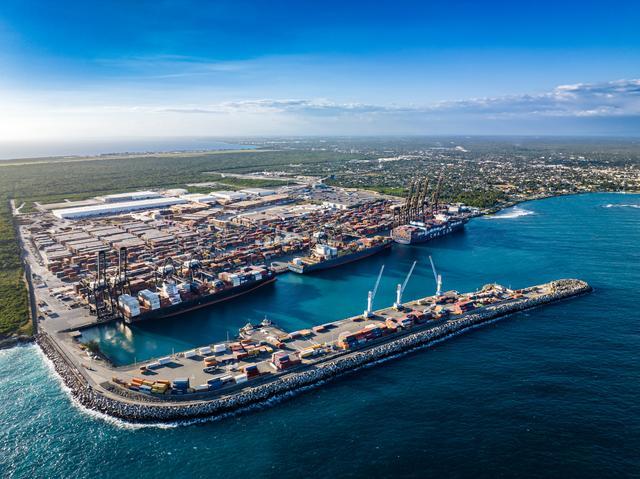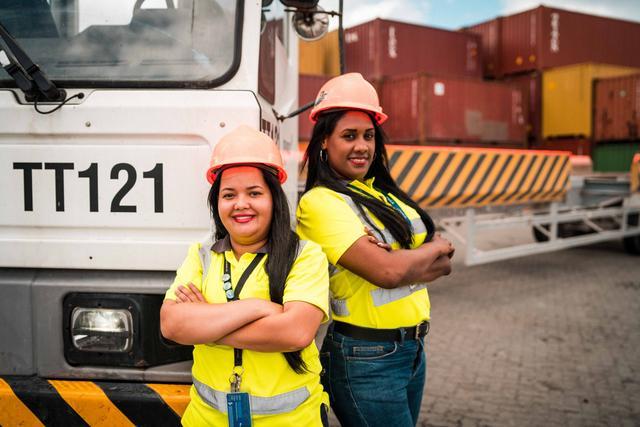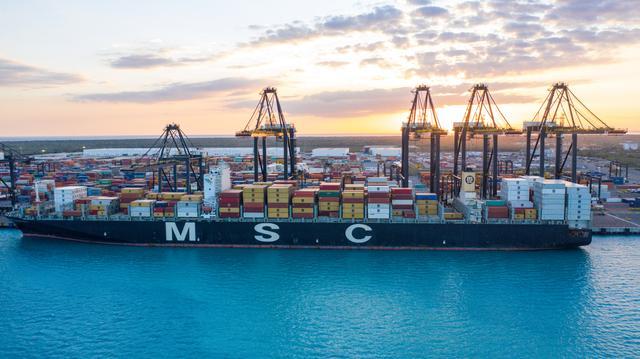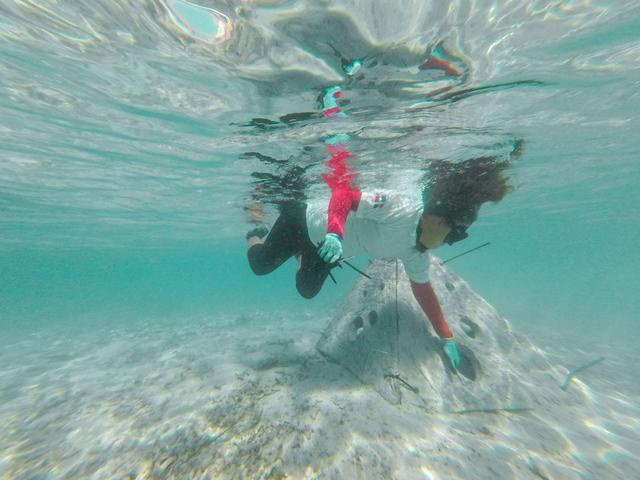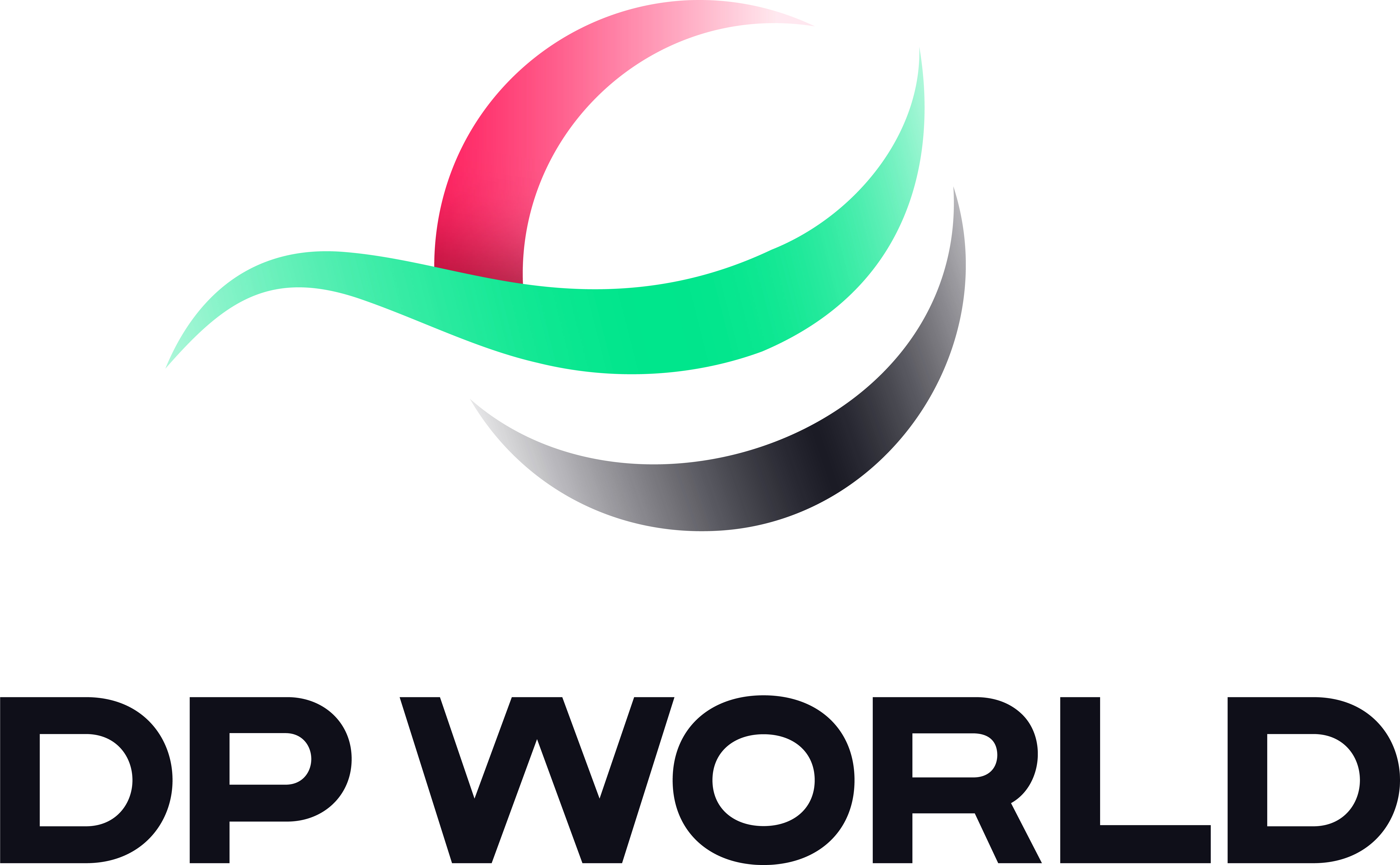A $760M Dominican Republic SEZ: DP World’s Strategic Bet on the Future of Global Trade
DP World’s Growing Footprint in the Dominican Republic
For more than two decades, DP World has been a cornerstone of the Dominican Republic’s logistics and trade landscape. Since beginning operations in 2003, the company has invested more than US$700 million in the Port of Caucedo and its adjoining Free Trade Zone, transforming it into one of the Caribbean’s most advanced gateways for global commerce. Today, DP World manages over 60% of the country’s container traffic, providing integrated services that span marine terminals, warehousing, logistics, and even workforce training through the DP World Academy.
This long-term commitment has positioned DP World as not only an operator but also a partner in the nation’s sustainable economic growth, advancing trade connectivity while investing in people and skills development.
Launching a Transformative New Chapter
In May 2025, DP World and the Dominican government signed a landmark US$760 million agreement to expand both the Caucedo port terminal and the adjacent economic zone. The expansion will unlock 225 hectares of new development land, add 1.25 million square meters of industrial space, and boost the terminal’s capacity from 2.5 million TEUs to approximately 3.1 million TEUs annually.
The investment is evenly split: US$380 million for port infrastructure – including extended quays, new cranes, breakwaters, and upgraded security systems – and another US$380 million for Free Trade Zone development, with roads, utilities, and pre-built warehouses to attract global tenants.
“This agreement marks a major step forward in our vision to transform Caucedo into the most advanced logistics hub in the Caribbean,” said Sultan Ahmed bin Sulayem, Group Chairman and CEO of DP World, in the announcement.
A Reliable Alternative in Global Supply Chains
The expansion comes at a critical moment. With geopolitical tensions and tariff shifts reshaping global manufacturing, companies are urgently seeking cost-effective, resilient nearshoring options. The Dominican Republic is emerging as a top contender. Its free zones already host over 850 companies across industries such as apparel, electronics, medical devices, and aerospace. The island’s location – just three days by sea to Miami and five to New York – offers unmatched proximity to U.S. markets.
Recent high-profile moves, such as World Emblem relocating production from Mexico and China to the Dominican Republic, highlight how businesses are leveraging the country’s incentives, workforce, and stability to future-proof supply chains.
Sustainability and Shared Prosperity at the Core
Beyond infrastructure, the new Special Economic Zone (SEZ) is being designed with sustainability in mind. DP World in the Dominican Republic already operates electric equipment fleets and has invested heavily in energy efficiency and emissions reduction programs. The company applies international best practices in environmental management and partners with the Dominican government to strengthen green logistics standards.
Equally important is the human element. DP World’s expansion is expected to generate up to 50,000 new direct jobs. Coupled with initiatives like the DP World Academy and partnerships with local institutions, the SEZ will build a talent pipeline that advances social mobility and equips workers with future-ready skills.
A New Trade Horizon for the Americas
With this multi-million-dollar expansion, DP World and the Dominican Republic are not simply building more warehouses or container berths – they are reshaping the logistics architecture of the Americas. The project is projected to attract nearly US$3.9 billion in foreign investment and drive over US$4 billion in new manufacturing output.
By integrating world-class infrastructure, a competitive regulatory framework, and a strong ESG foundation, the Dominican Republic is positioning itself as a reliable, sustainable, and cost-effective hub for manufacturers navigating an era of uncertainty.
This historic investment marks a bold bet on the future of global trade, and one that could redefine supply chains across the Western Hemisphere.

